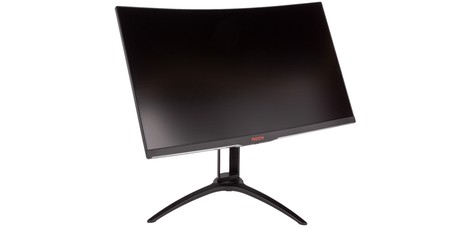
Manufacturer: AOC
UK price (as reviewed): £374.99 (inc. VAT)
US price (as reviewed): $549.99 (exc. tax)
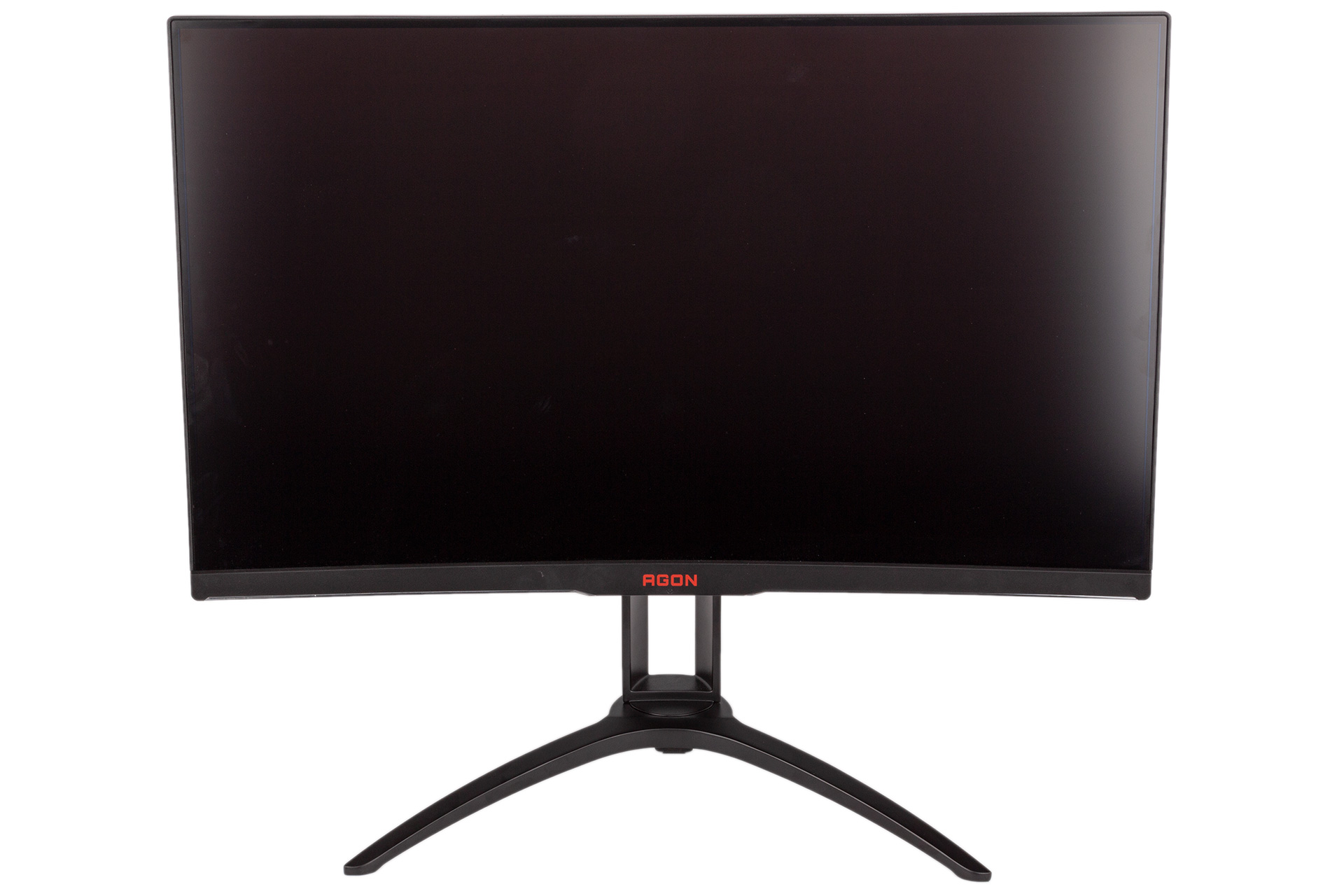
It’s with this context in mind that we present the AOC Agon AG322QC4, a curved 31.5” VA (vertical alignment) monitor with 1440p resolution, 144Hz refresh rate, and FreeSync 2 HDR with DisplayHDR 400 certification. As an Agon screen, the AG322QC4 is primarily aimed at gamers, and these credentials (especially refresh rate and FreeSync 2 HDR support) all indicate this as well.
While FreeSync monitors are plentiful, FreeSync 2 HDR ones are less so, as you can verify by filtering this handy list from AMD. FreeSync support simply means enabling support for DisplayPort Adaptive Sync; it provides no guarantee of image quality or the range in which FreeSync is active, something Nvidia has been keen to point out given that it is meticulous in certifying G-Sync panels as always having high image quality and a tear-free experience regardless of frame rate.
The FreeSync 2 HDR ecosystem is designed to address this discrepancy, with AMD stepping in and certifying monitors as having ‘exceptional visual experiences’ (not really defined beyond that, sadly), guaranteed Low Framerate Compensation (LFC) to keep things tear-free, guaranteed support for displaying HDR content, and ‘low’ latency.

We’ll get to judging the visual experience soon, but LFC is definitely a plus point. With a FreeSync range of 48-144Hz on both DisplayPort and HDMI, LFC should kick in and keep games tear-free even if they’re running below 48fps. This is important, as even high-end cards will sometimes struggle at 1440p when you crank all the settings up.
For HDR this screen is something of a minimum since it only matches the DisplayHDR 400 specification. While it will support HDR content, a peak brightness of 400cd/m2 isn’t huge, and there’s no form of localised dimming, so don’t expect quality on par with those 4K HDR TVs you’ve seen in display areas of retail stores recently.
The 31.5” panel is imposing but not ridiculous, and pixel density is acceptable with a 1440p resolution, but there is a clear sharpness difference moving up to 4K at this size. Whether the curve works for you or not isn’t for us to say, but we didn’t find it too distracting on the desktop, and in games we were too immersed to notice – arguably that’s the point.
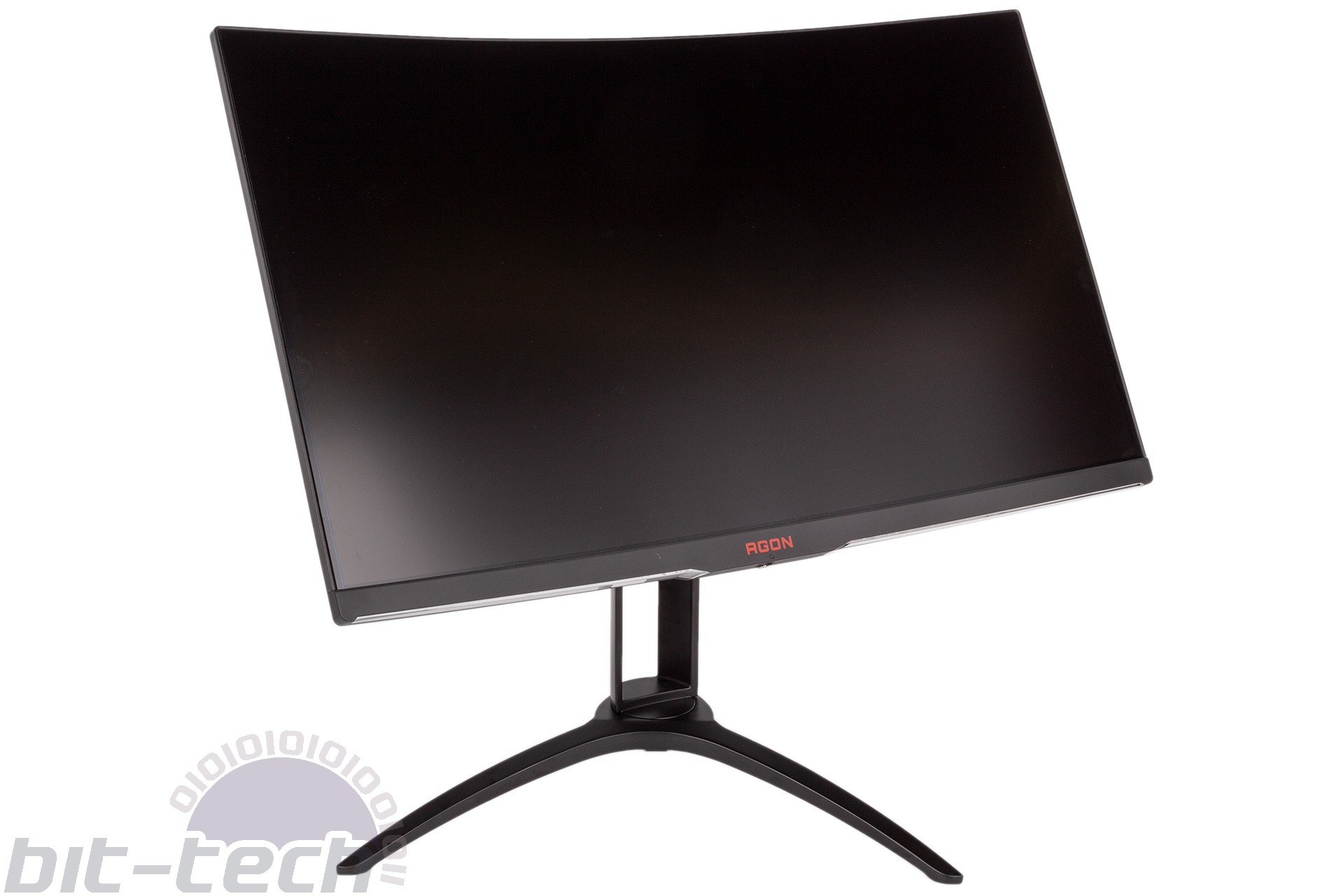
The metal stand is high quality and relies on width rather than excessive depth for stability. The screen doesn’t exhibit too much wobble either. With minimal plastic on the top and sides the screen achieves a modern look, but there is a small in-panel border too. There are two RGB strips on the underside and four on the back, and these are controlled as a single body of lights and can be set to one of the three primary colours or turned off.
There’s no pivot support on the stand, but running a curved screen in portrait would be weird. Thankfully, 110mm of height adjustment is joined by plenty of tilt and 30°C of swivel in either direction. The screen can easily be moved one-handed but stays where it is once done. If you’re still not happy, VESA 100 mounts on the rear will let you mount it to a wall or arm.
Sadly we did encounter a build quality issue where the panel actually started to separate from the plastic frame in the bottom-right corner. It wasn’t by much, but it shouldn’t happen at all, and we’ve seen a user reviews suggesting it isn’t an isolated issue. Update 04/04/19: AOC is investigating the build quality issues we experienced; we'll update this article further if and when we hear any more.
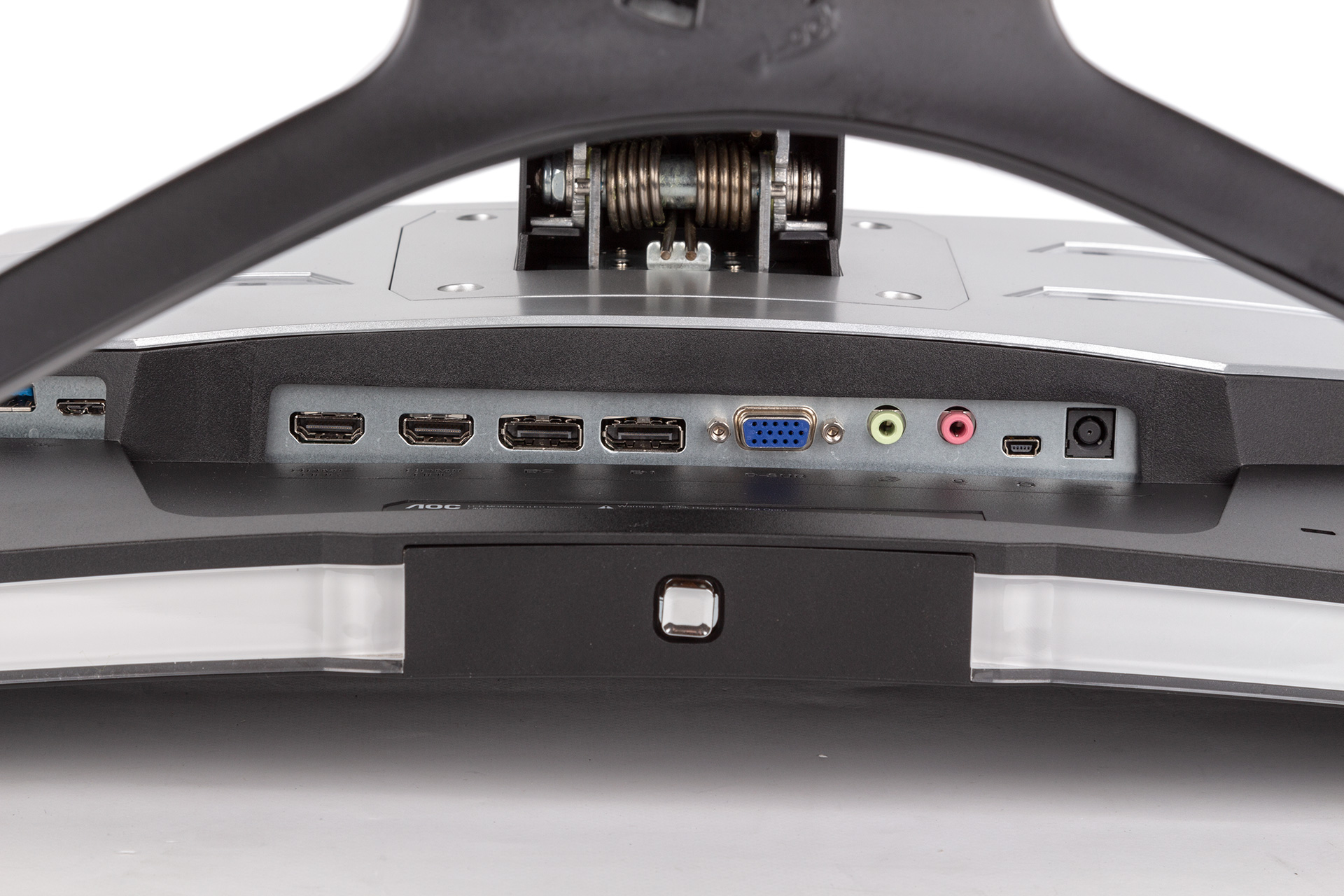
With two HDMI ports, two DisplayPorts, and a VGA header, users are well covered. Audio jacks cater to external audio as well, and you also get a two-port USB 3.0 hub and dual 5W speakers. HDMI, DisplayPort, and USB cables are supplied, so getting up and running should be a cinch.
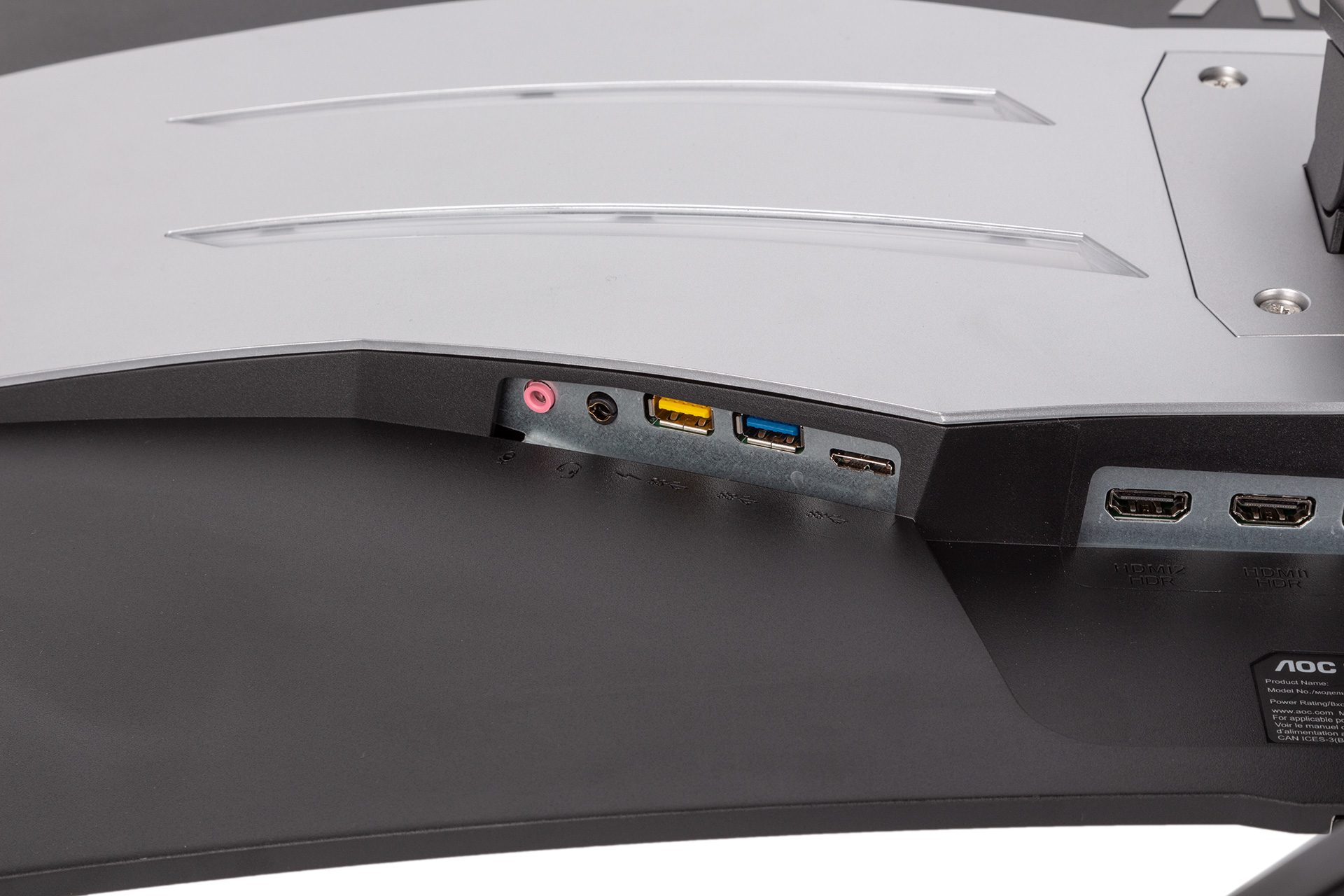
The connectors are all down-facing, but the USB and headphone/microphone jacks are installed at an easier-to-access angle.
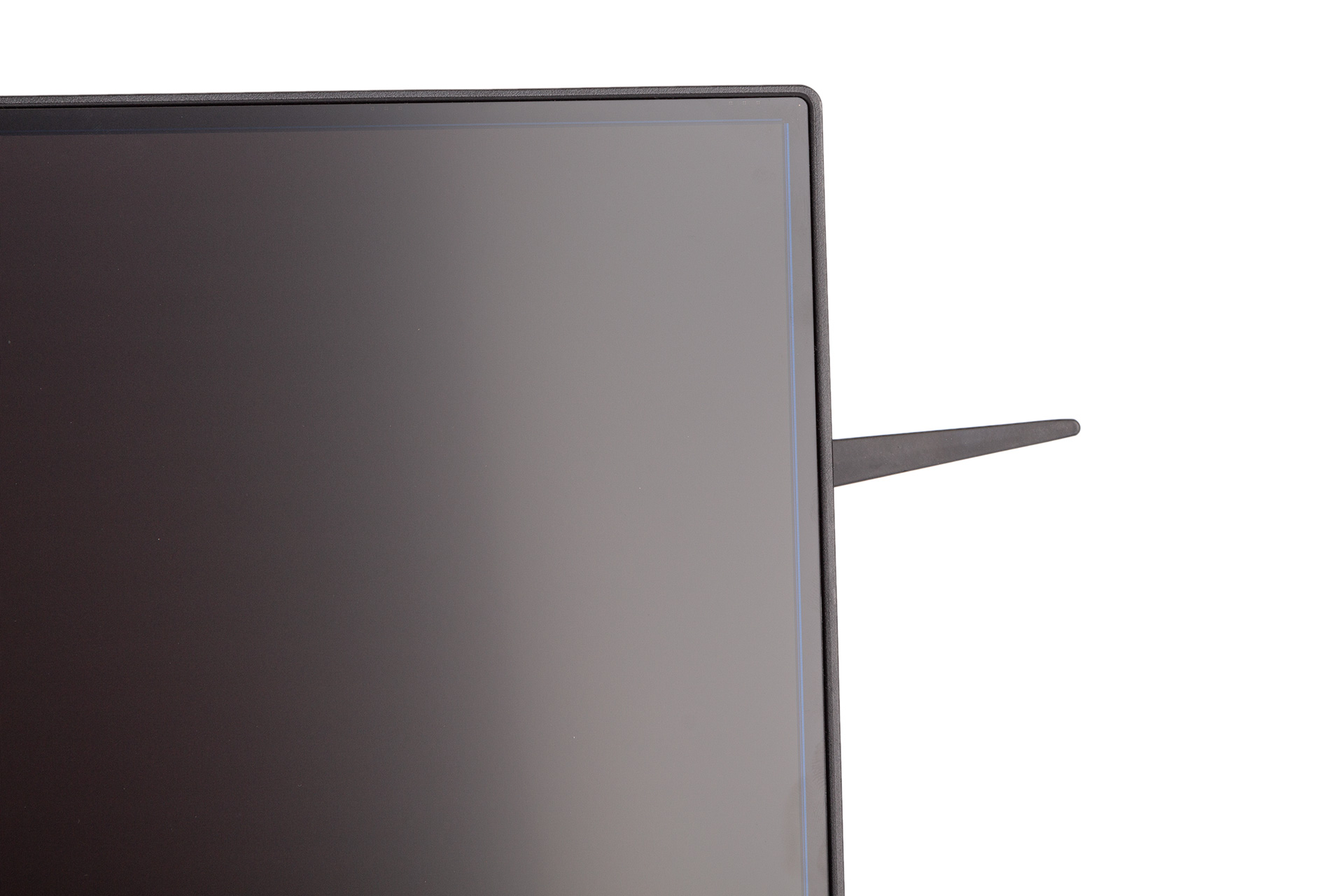
Another nod to gamers is a pull-down headset hook. You only get it on the right side, but it’s relatively sturdy given its size.
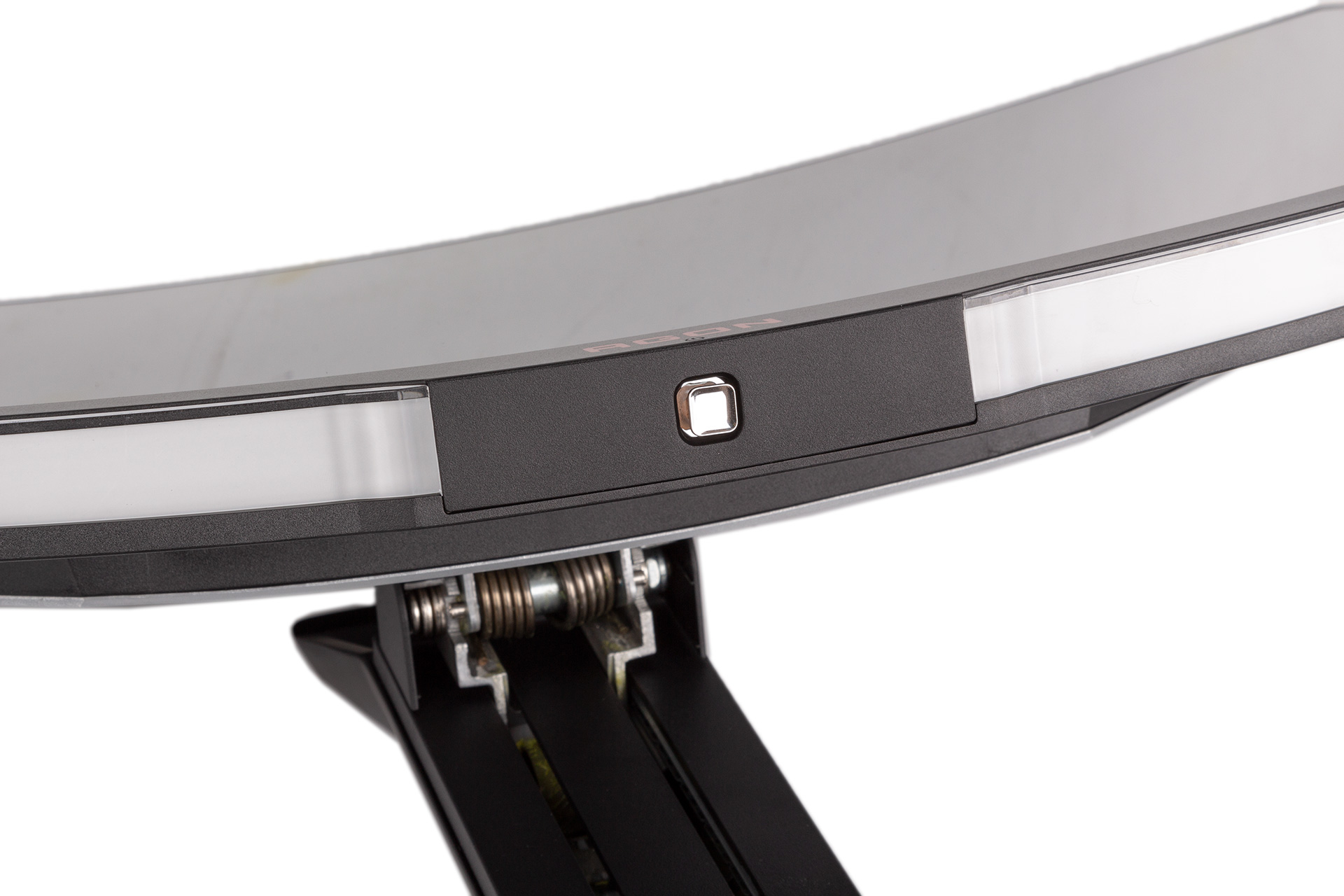
You have two options for menu control. The first is a simple quad-directional joystick located centrally along the underside. It’s plastic and cheap-feeling, however, and the menu navigation needs work too. Since changing monitor settings isn’t something you’ll have to do often, the UI quirks will likely irritate you whenever you do.
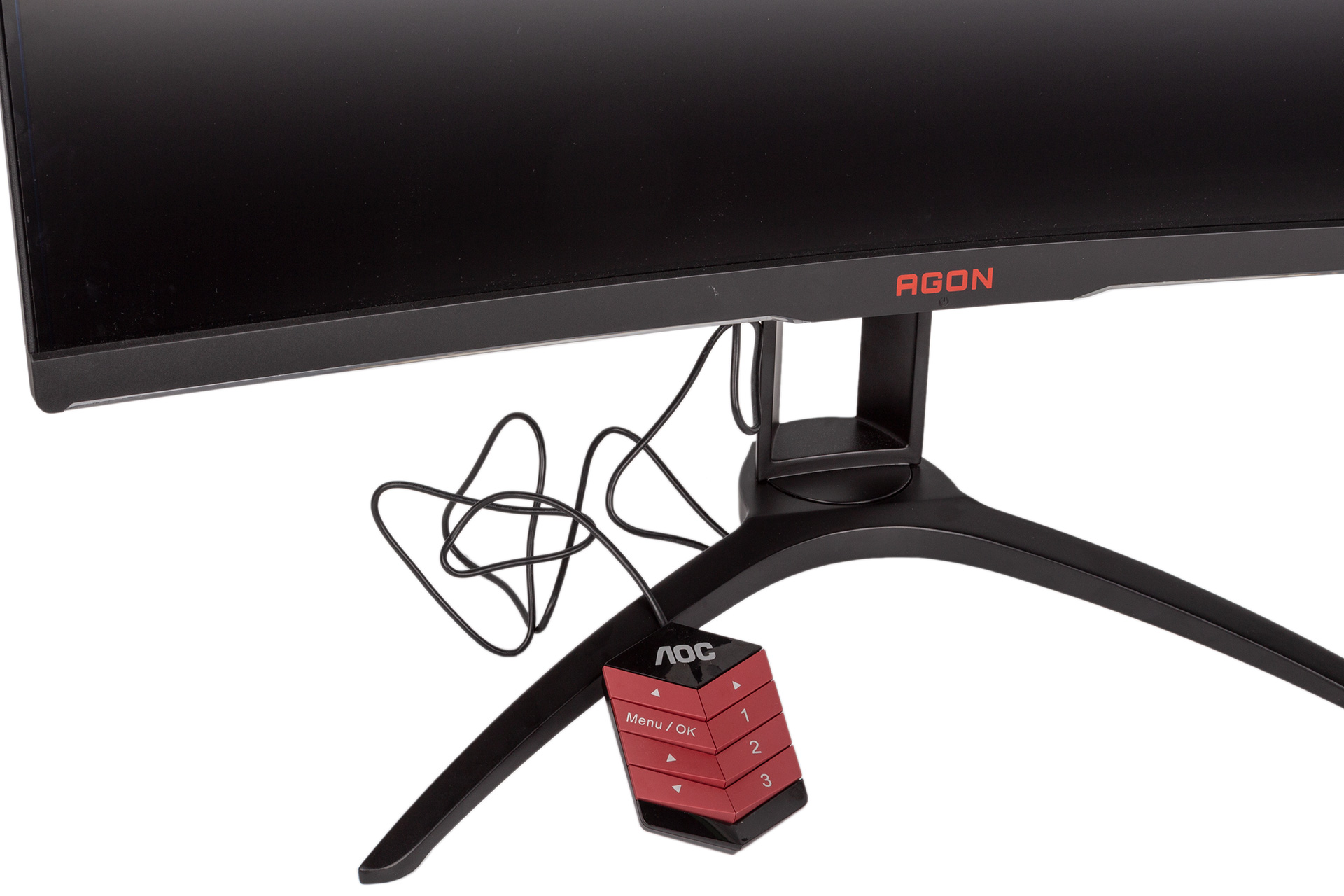
The second option is a dedicated control pad, but this is even worse. First it’s just another wire and thing cluttering up your desk space. Its bulky plastic construction is also pretty unwelcome, and although this makes the buttons large and clear the layout is just atrocious. The directional buttons are particularly annoying to keep track of; it’s as if the eight-button design and layout was established before anyone decided what the thing actually needed to do. It doesn’t help that on the main menu the ‘Menu/OK’ button is used to select options, but then you go into a vertical list and have to use the right directional button.
The joystick has shortcuts to input selection, LED control, Game Mode (different image settings with presets for FPS/RTS/Racing and three custom users ones), and an onscreen crosshair. The main menu has some gaming-specific features like shadow control to help lighten up dark areas in competitive play, overdrive to combat ghosting (off by default, but there are three strengths available), and low input lag (on by default). Other image settings include three gamma presets and different white point settings with mostly non-specific names like Warm (default), Cool, Normal, and sRGB.
Specifications
- Screen size 31.5"
- Panel technology VA
- Resolution 2,560 x 1,440
- Aspect ratio 16:9
- Maximum refresh rate 144Hz
- Variable refresh rate Yes (FreeSync 2 HDR, 48-144Hz via DP or HDMI)
- Brightness 400cd/m2
- Contrast ratio 3,000:1
- Response time 4ms
- Connectors 2 x DisplayPort 1.2, 2 x HDMI 2.0, 1 x VGA
- USB 2 x USB 3.0
- VESA wall-mount Yes, 100 x 100
- Adjustments Height, swivel, tilt
- Speakers Yes, 2 x 5W

MSI MPG Velox 100R Chassis Review
October 14 2021 | 15:04

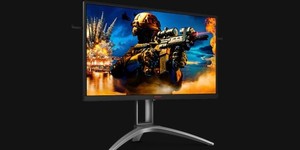
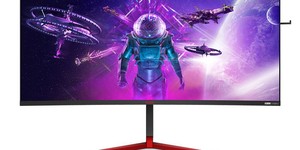
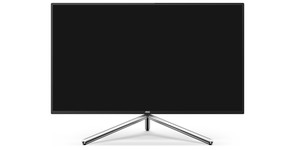




Want to comment? Please log in.